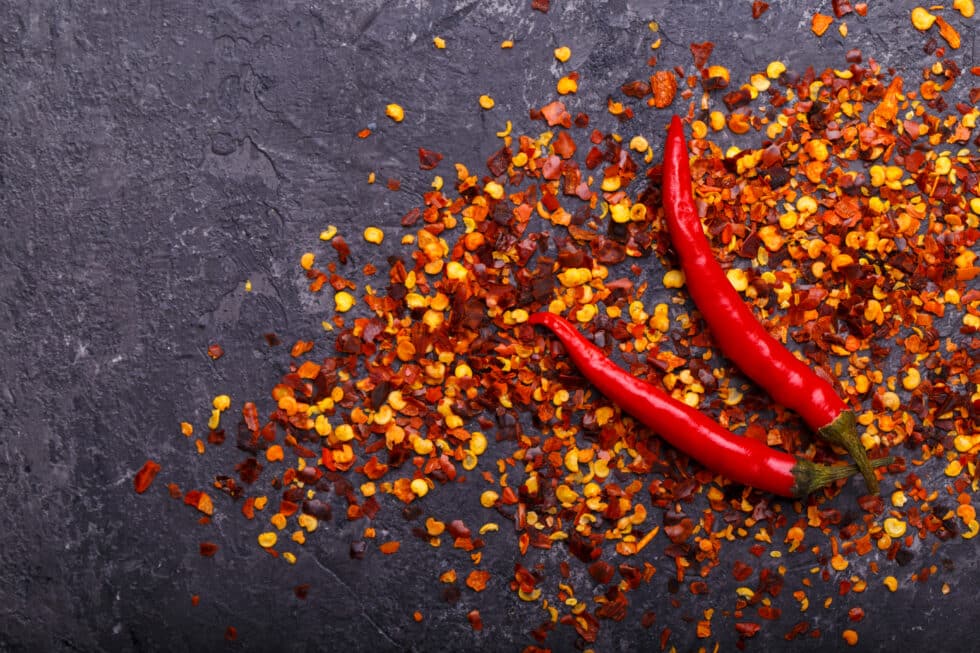- No. 268 Xianghe Street, Economic Development Zone of Xingtai city, Hebei 054001 China
- Byron@hbhongri.cn
paprika and smoked paprika
The Versatile World of Paprika and Smoked Paprika
Paprika, a vibrant and flavorful spice, is a staple in many kitchens around the world. Derived from grinding the dried fruits of capsicum annuum, commonly known as bell peppers or chili peppers, paprika comes in a variety of flavors and colors. Its vivid red hue adds not just aesthetic appeal but also a complex flavor profile that can elevate numerous dishes. Among its many varieties, smoked paprika stands out as a unique choice for culinary enthusiasts, bringing a distinct depth and richness to any recipe.
Regular paprika can range from sweet to mildly spicy, making it a versatile ingredient in a wide array of cuisines. It's commonly used in Hungarian, Spanish, and Portuguese cooking, among others. In Hungary, for example, paprika is considered an essential spice, and it’s the hallmark of traditional dishes such as goulash and paprika chicken. The sweet and slightly peppery flavor of paprika makes it an excellent seasoning for meats, stews, and soups. Additionally, it’s often used as a garnish to enhance the visual appeal of dishes, such as deviled eggs or potato salad.
Smoked paprika, or “pimentón,” originates from Spain and is made by drying the peppers over an oak fire before grinding them into a fine powder. This traditional method imbues the spice with a rich, smoky flavor that is both sweet and robust. Smoked paprika can be classified into three main varieties sweet, bittersweet, and hot, allowing cooks to choose the level of heat and flavor intensity that suits their palate. It's particularly popular in Spanish cuisine, where it is a crucial ingredient in classic dishes like paella and chorizo.
paprika and smoked paprika

One of the most appealing aspects of smoked paprika is its ability to add depth to recipes without the need for additional cooking time. A sprinkle of smoked paprika can transform a simple roasted vegetable dish into a gourmet delight, providing a complexity often associated with long-cooked flavors. It pairs beautifully with proteins, vegetables, and even beans, making it a fantastic addition to vegetarian and vegan dishes. For instance, adding smoked paprika to a chickpea stew can create a warm, comforting meal rich in flavor.
Beyond its culinary uses, both paprika and smoked paprika also boast a range of health benefits. Paprika is rich in antioxidants, including carotenoids, which are beneficial for eye health and may help reduce inflammation. The spice’s vibrant color is a strong indicator of its rich phytonutrient content. Moreover, smoked paprika contains vitamins A, E, and several B vitamins, contributing to overall well-being.
In conclusion, paprika and smoked paprika are indispensable in the culinary world, offering a delightful range of flavors and colors to enhance our meals. Whether you’re stirring it into a simmering sauce, sprinkling it over roasted vegetables, or using it to flavor meats, these spices can elevate everyday cooking into something extraordinary. Their versatility, coupled with their health benefits, makes them worthy of a place in every kitchen. So, next time you reach for the spice cabinet, consider experimenting with paprika and smoked paprika – they just might become your new favorite ingredients!
-
Turmeric Rhizome Powder: A Golden Treasure from Roots to TableNewsJul.28,2025
-
The Versatile Application Of Crushed Red Hot Peppers: Lighting Up The Red Flames On The Dining TableNewsJul.28,2025
-
The Paprika: A Touch Of Vibrant Red In Color, Flavor, And CultureNewsJul.28,2025
-
Ground Turmeric: A Modern Examination of an Ancient SpiceNewsJul.28,2025
-
Capsicum Liquid Extract: Features, Applications, and ChallengesNewsJul.28,2025
-
Application of Capsicum Liquid Extract in FoodNewsJul.28,2025







